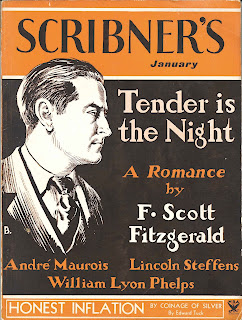 Whether it's the rubber for the stamps used to create the text, the copper wire for the binding, or the number of copies (30) in the edition, everything in Angela Lorenz's book The Binding Ties has a double, or even triple, meaning. This cleverly crafted artist's book is a poem that does poetic justice to the impact of international trade and colonization throughout history. The poem is "hidden," where it can be discovered by the reader (just like the natural resources that attracted traders and colonizers to various parts of the world), in a set of die cut British regimental ties. Each tie stands for a regiment sent to colonial territories where one of the natural resources represented in the book - rubber, silk, cotton and copper - were found.
Whether it's the rubber for the stamps used to create the text, the copper wire for the binding, or the number of copies (30) in the edition, everything in Angela Lorenz's book The Binding Ties has a double, or even triple, meaning. This cleverly crafted artist's book is a poem that does poetic justice to the impact of international trade and colonization throughout history. The poem is "hidden," where it can be discovered by the reader (just like the natural resources that attracted traders and colonizers to various parts of the world), in a set of die cut British regimental ties. Each tie stands for a regiment sent to colonial territories where one of the natural resources represented in the book - rubber, silk, cotton and copper - were found.This book is typical of the complexity of ideas represented in artists' books, but particularly of the depth and intellectual detail that Lorenz brings to all of her projects.
For more information on The Binding Ties, see the artist's website. To see the book ask for: Rauner Presses L876lobi No. 2 of 30. Or come in and look at this book alongside other examples of Lorenz's work.
